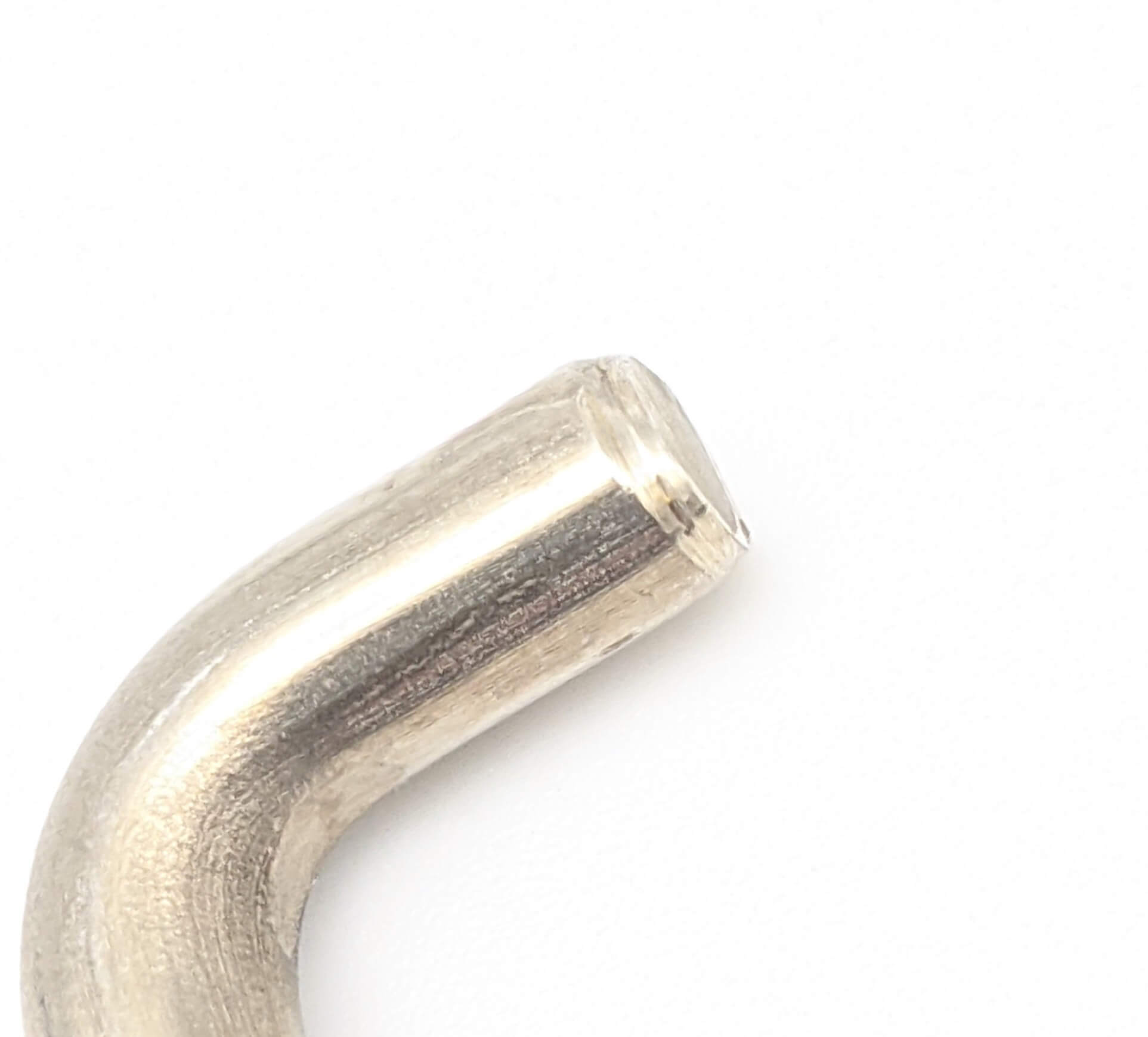Get unique, complex parts easily. No matter your requirements, Chaoyi Spring creates hard-to-produce coil springs and wire forms.
Let us help you create the custom wire form you need, from S-hooks and J-hooks to utility hooks and more.
We work closely with customers across a wide range of industries, helping them design and manufacture made-to-order parts.
Why choose Chaoyi Spring? We prioritize customer-focused collaboration, modern equipment and the latest technology to make your parts per print.
Find the information and guidance you need, from measuring a spring to learning about materials, placing an order and much more.
Installing garage door tension springs is a crucial task for ensuring the safe and proper functioning of your garage door. These springs are responsible for lifting and lowering the door,


Installing garage door tension springs is a crucial task for ensuring the safe and proper functioning of your garage door. These springs are responsible for lifting and lowering the door, and a malfunctioning spring can lead to serious injury or property damage. This comprehensive guide will walk you through the process of installing garage door tension springs, highlighting safety precautions, essential tools, and step-by-step instructions. Whether you're a DIY enthusiast or a homeowner looking to save money, this guide will provide you with the knowledge and confidence to tackle this task responsibly.

Garage door tension springs are high-tension components that store potential energy to assist in lifting and lowering the door. They are typically located on either side of the door, attached to the door frame and the door itself. These springs come in various sizes and strengths, depending on the weight and size of your garage door.
Before attempting to install garage door tension springs, it's essential to understand their importance and the risks involved. These springs are under immense pressure and can be extremely dangerous if mishandled. Even experienced DIYers should always exercise caution and prioritize safety during the installation process.
Installing garage door tension springs is a task that demands a high level of caution. Here are some essential safety precautions to keep in mind:
Before you begin the installation process, gather the following tools and materials:
The following steps provide a general guide for installing garage door tension springs. It's crucial to remember that the specific details and steps may vary depending on the make and model of your garage door. It's always advisable to consult with your garage door manufacturer's manual or a qualified technician for specific instructions.
During the installation process, always prioritize safety and double-check all connections and adjustments. If you encounter any difficulty or feel uncomfortable, stop and seek assistance from a qualified professional.
To ensure the longevity and optimal performance of your garage door tension springs, follow these maintenance tips:
Installing garage door tension springs is a critical task that requires proper knowledge, skills, and safety precautions. While this guide provides a comprehensive overview, it's essential to remember that the specific steps may vary depending on your garage door model. If you have any doubts or concerns, always consult with a qualified garage door technician to ensure safe and effective installation. By following this guide and prioritizing safety, you can confidently tackle this task and ensure the smooth and reliable operation of your garage door for years to come.
Installing garage door tension springs can be a rewarding experience, giving you a sense of accomplishment and potentially saving you money. But it's crucial to prioritize safety and recognize the risks involved. Always exercise caution, use proper tools, and consult with a qualified professional if you're unsure about your skills or the process. With careful attention to safety and detail, you can successfully install new springs and ensure the safe and efficient operation of your garage door.
Browse some of the custom wire forms and springs that we manufacture. Don’t see what you need? We specialize in made-to-order products that meet your application requirements.
Visit Our GalleryNeed a custom wire form or coil spring? We make it work. Fill out the contact form and a representative will respond within 1 business day. If you have a PDF or CAD file, you can submit to request a quote.